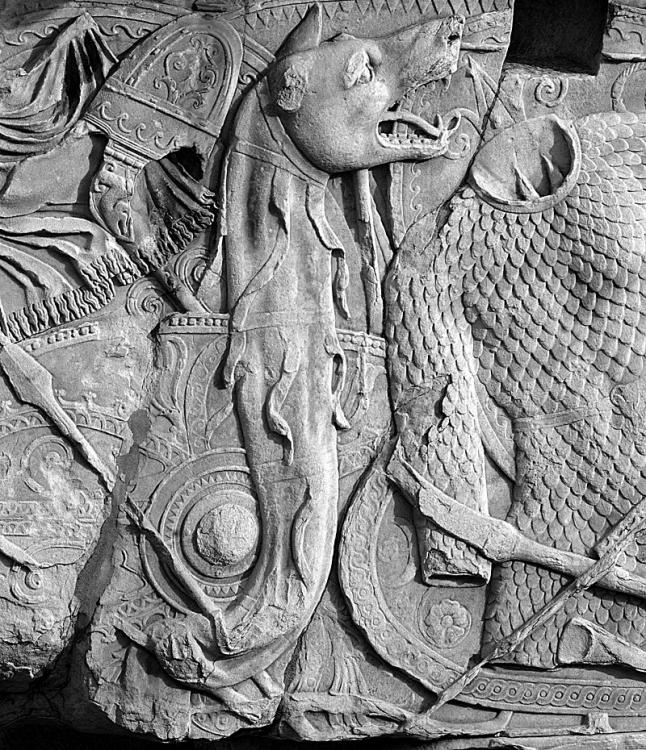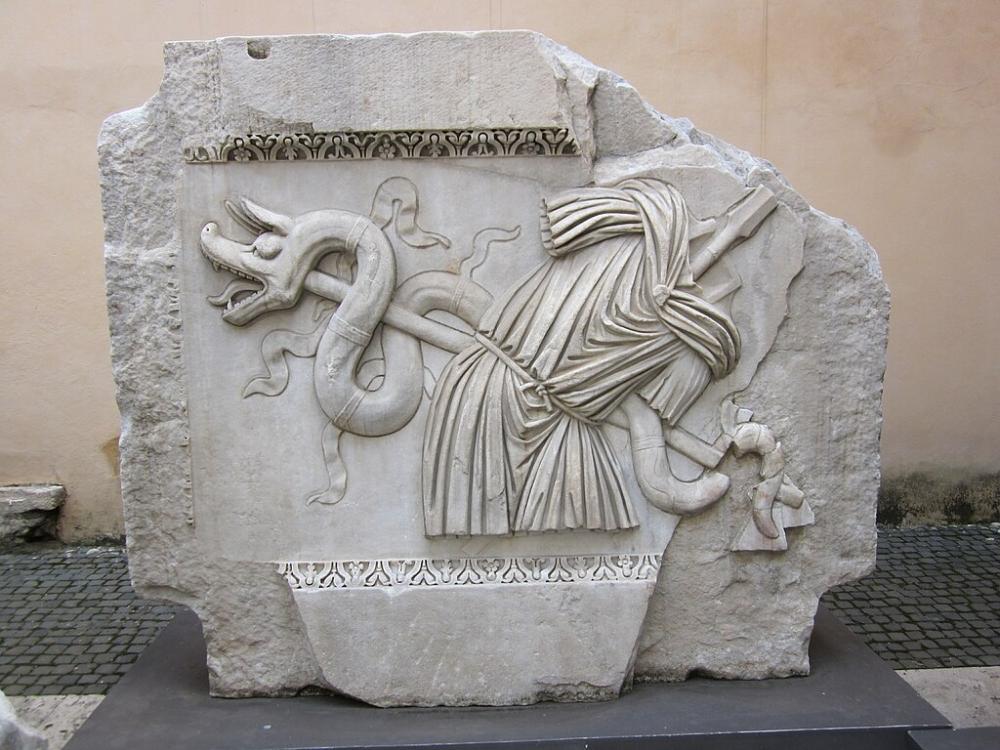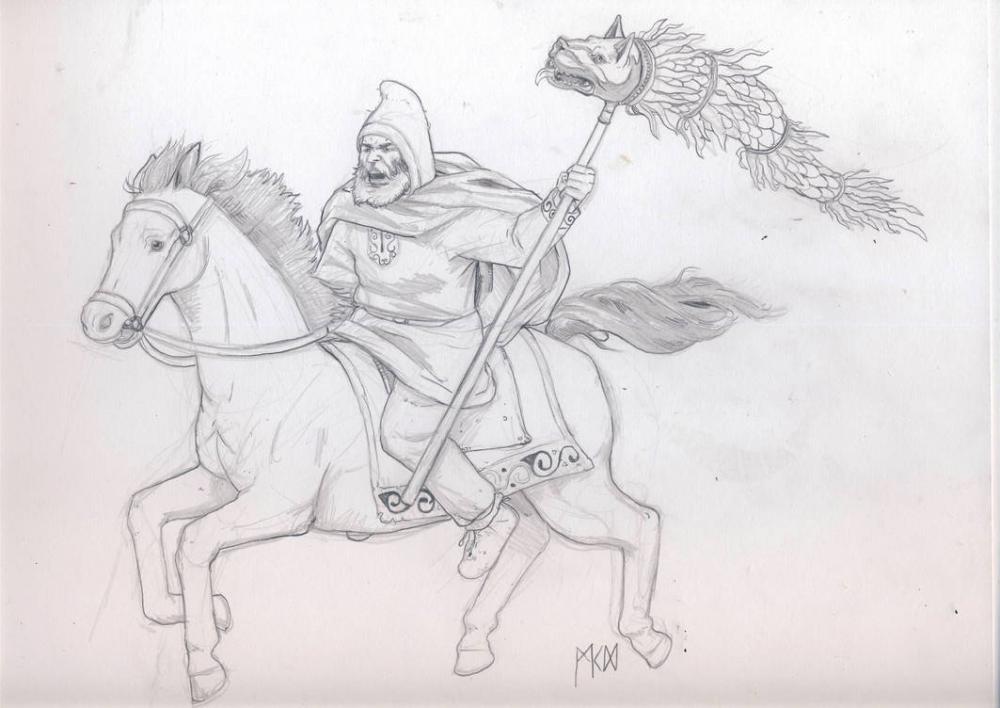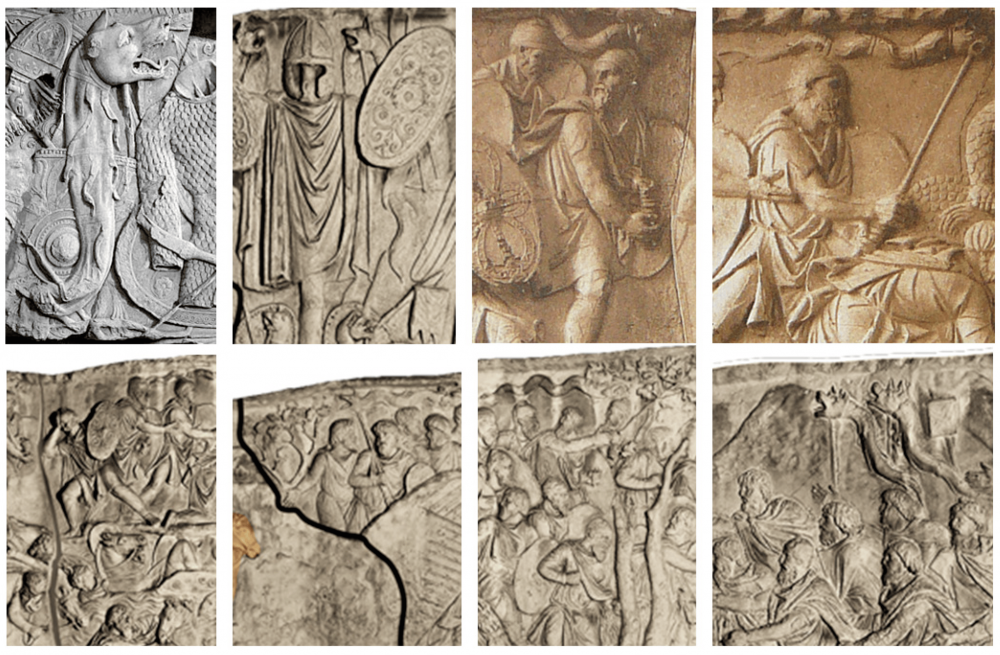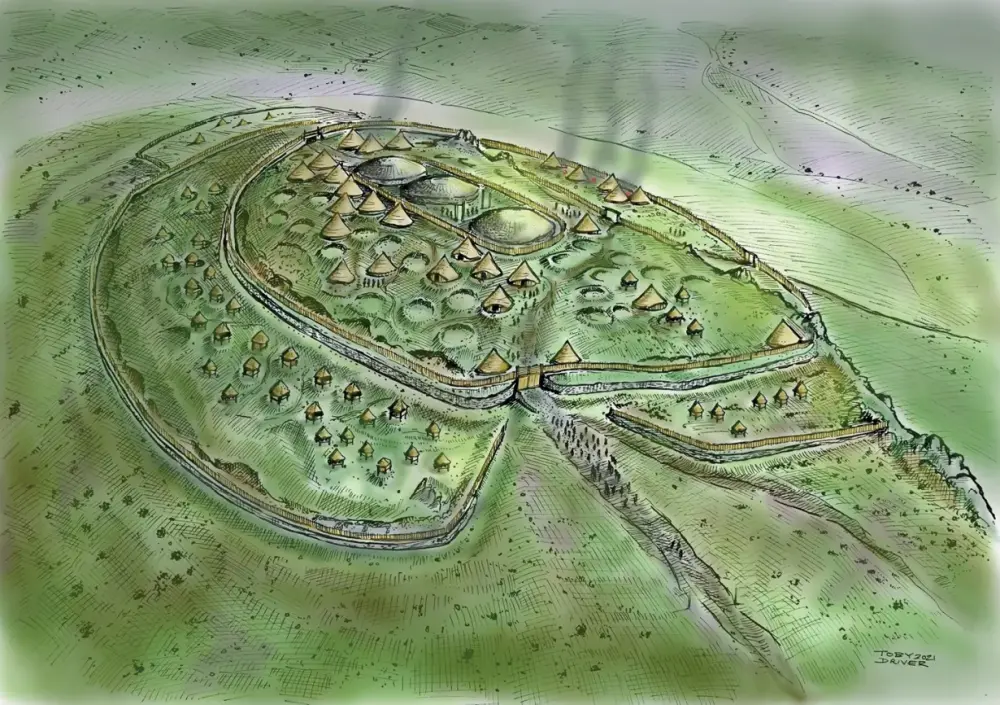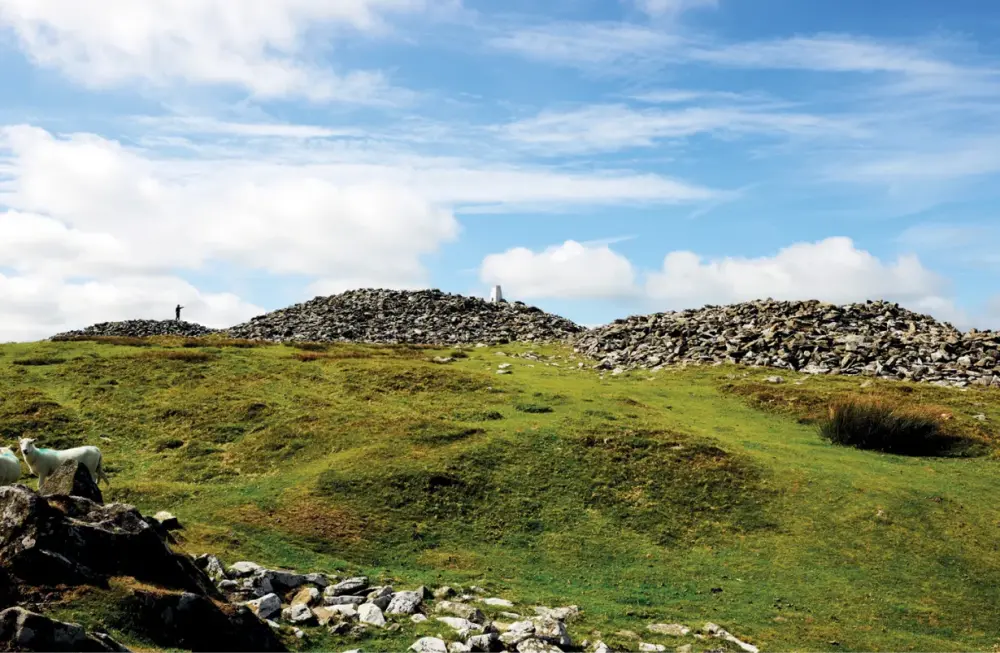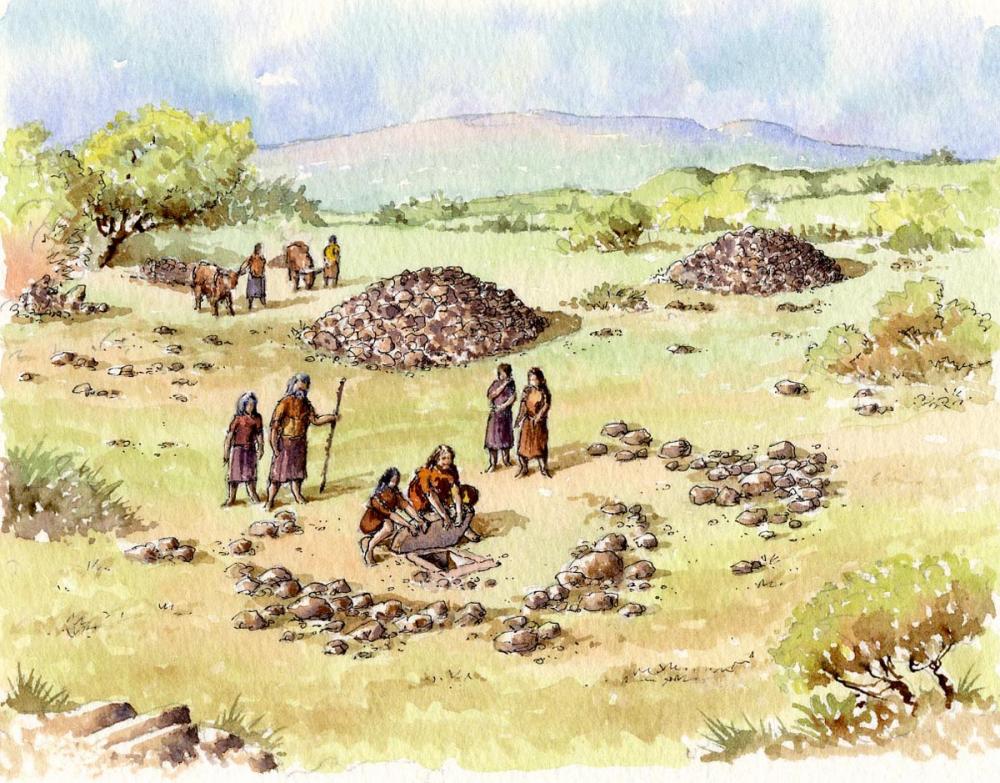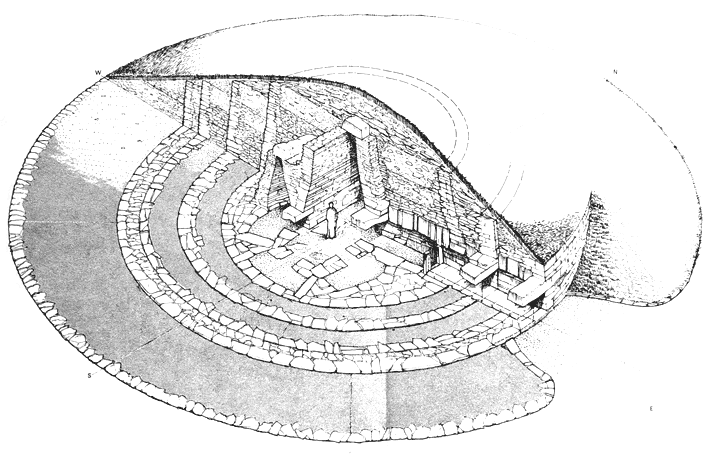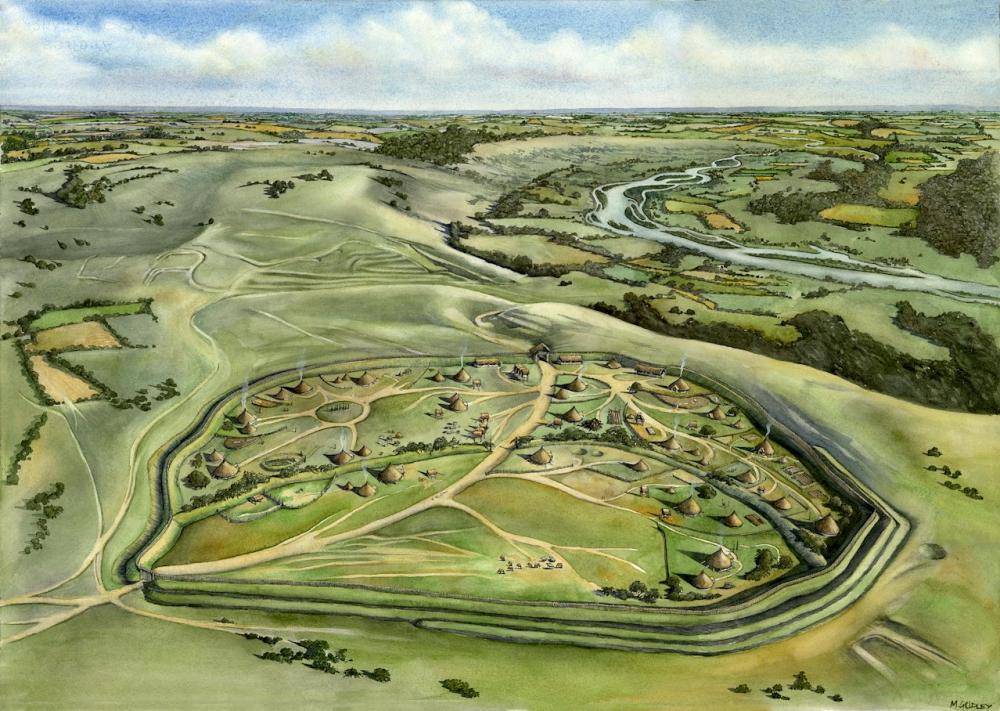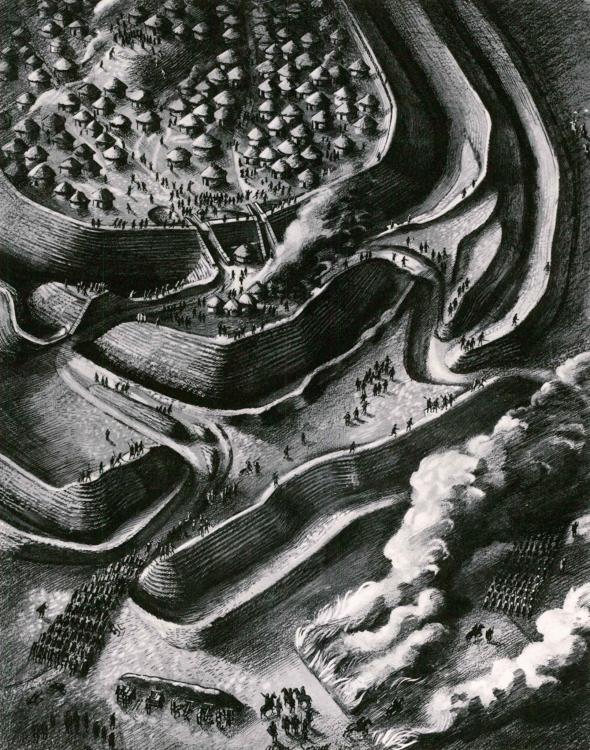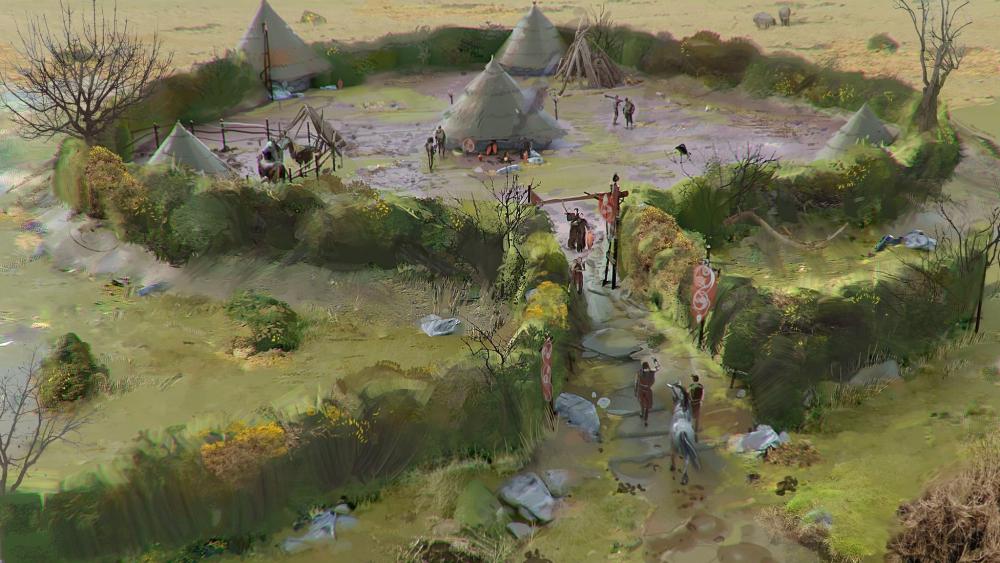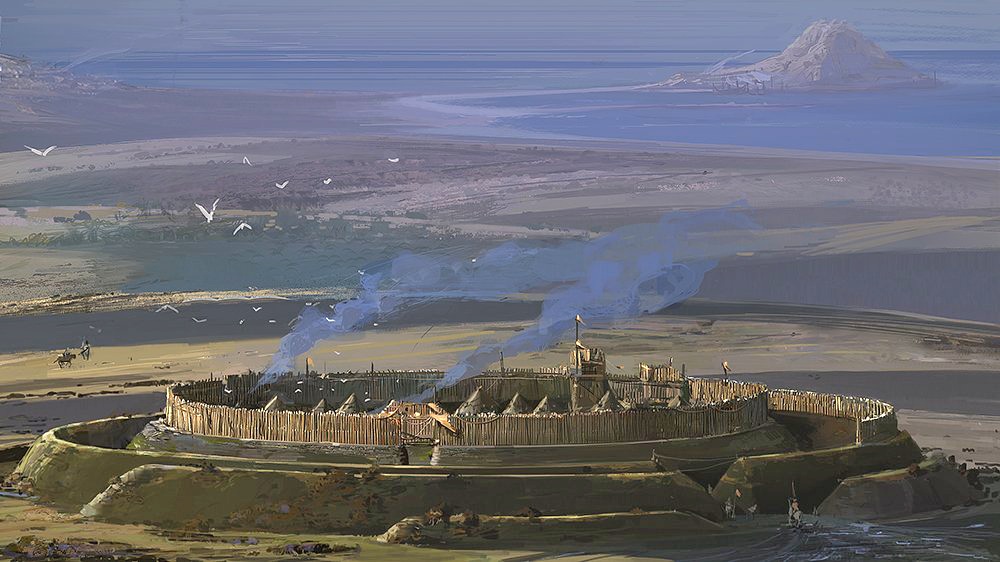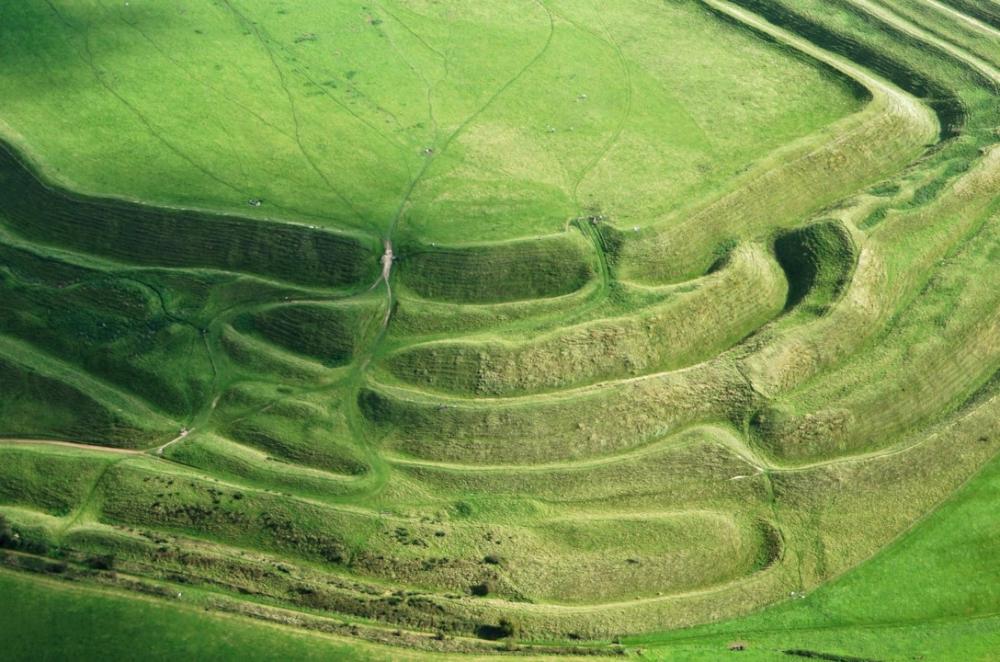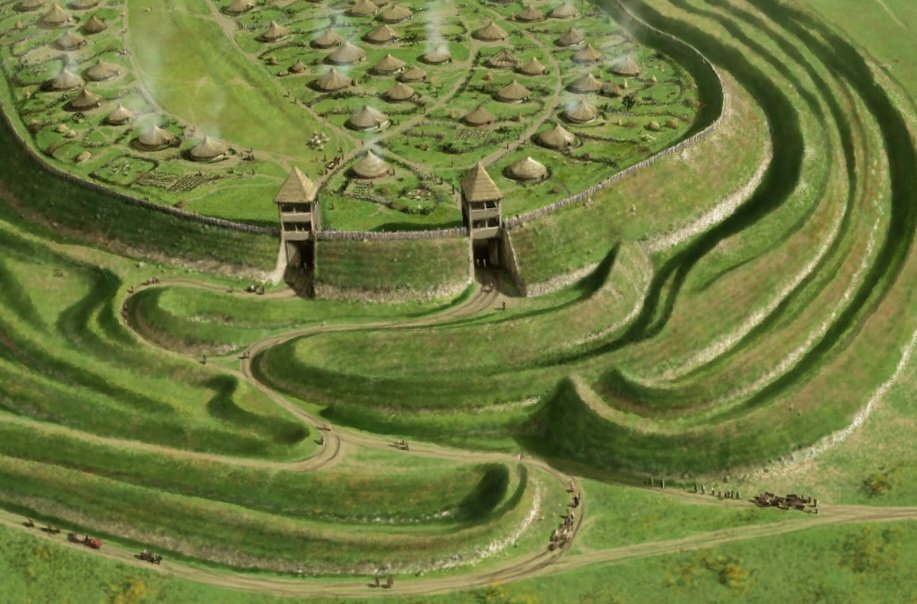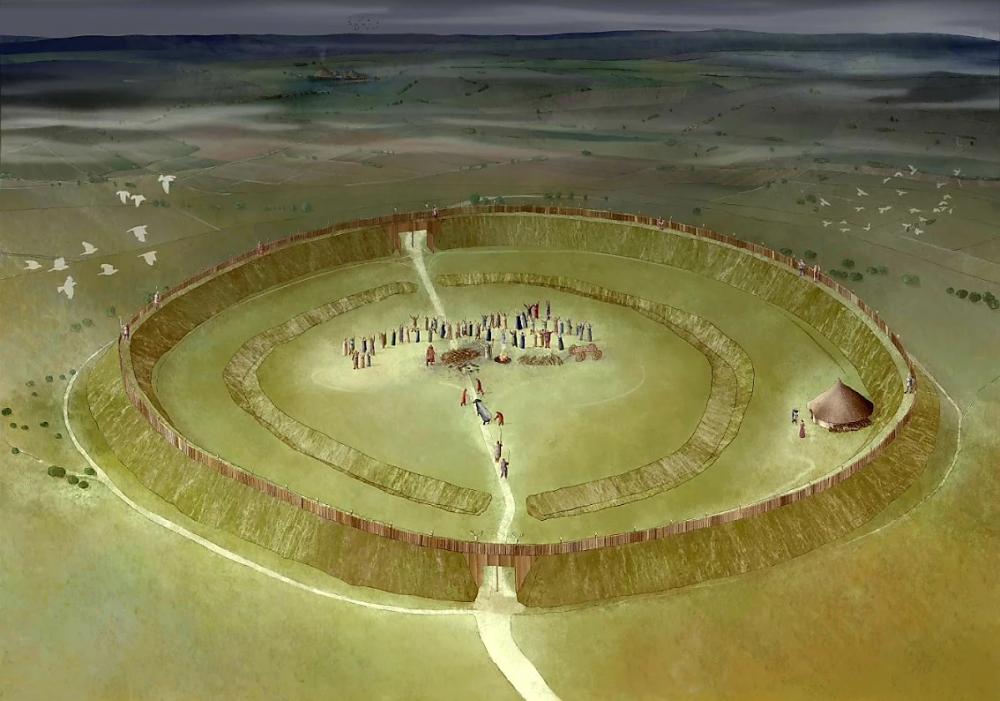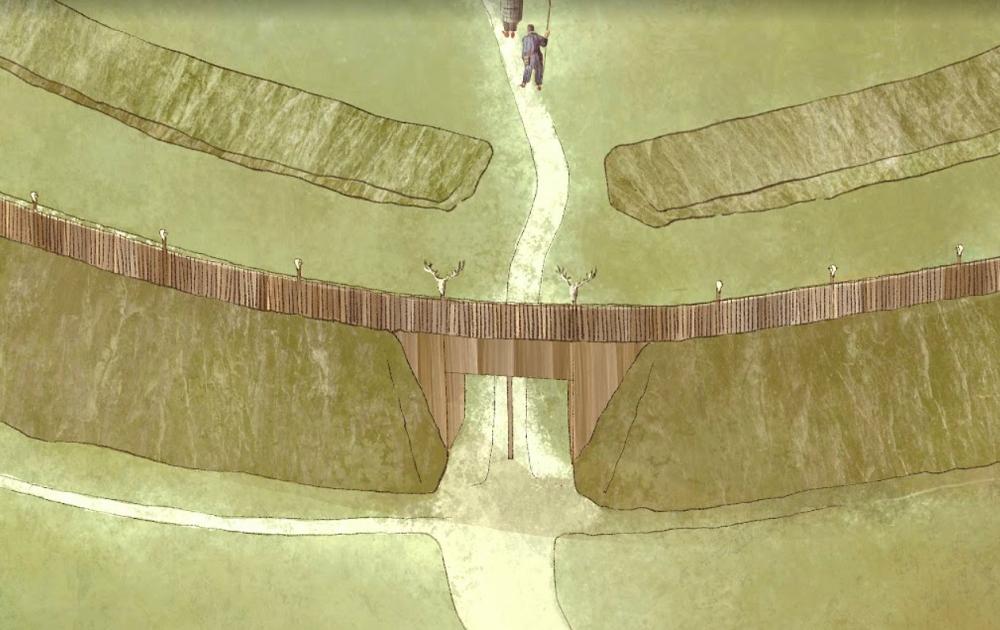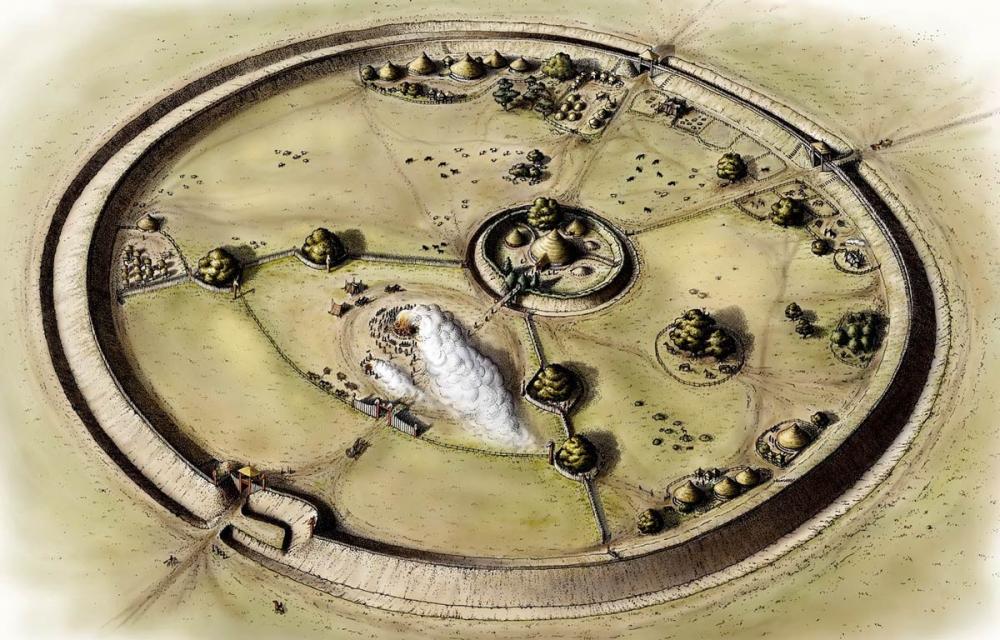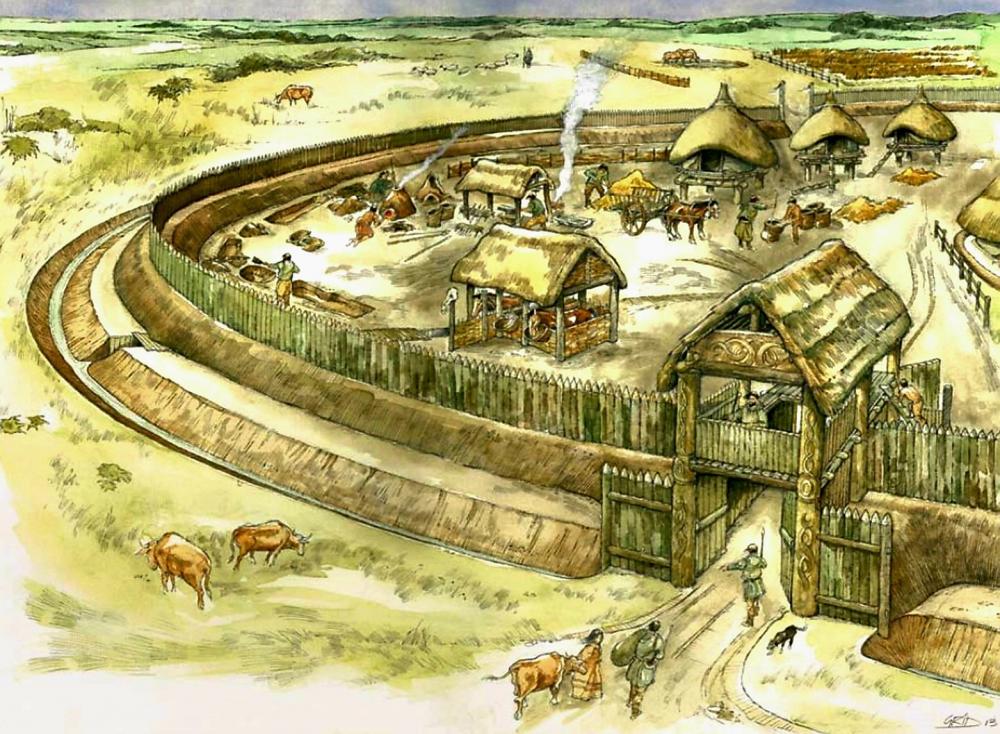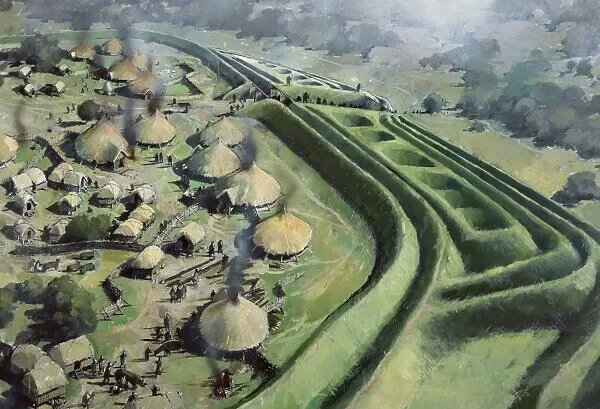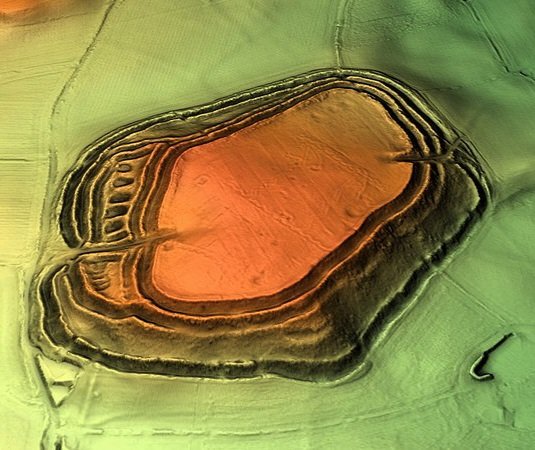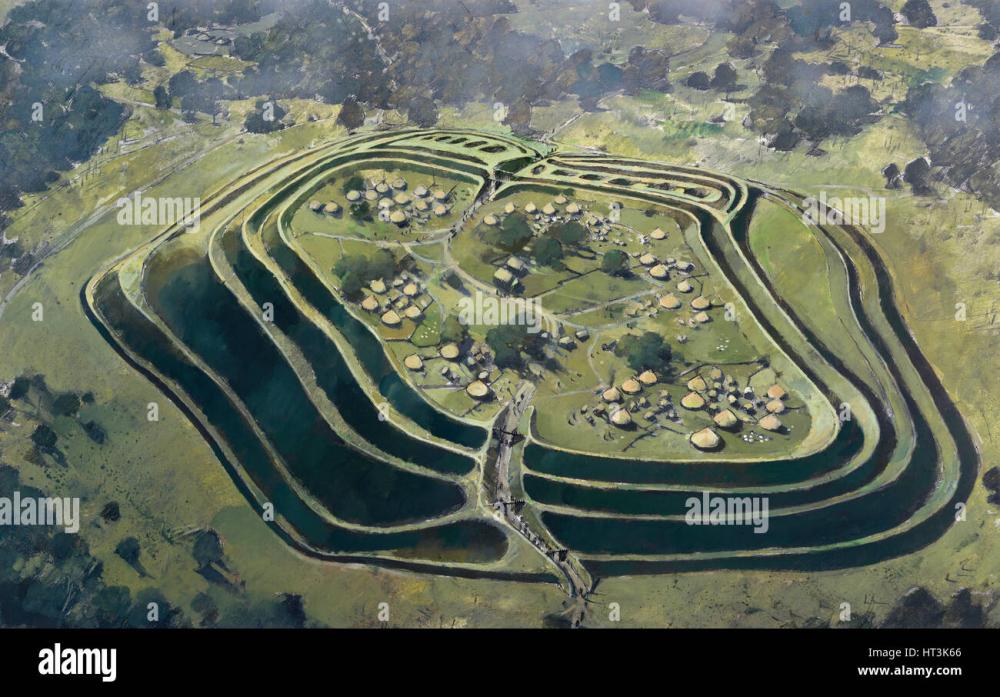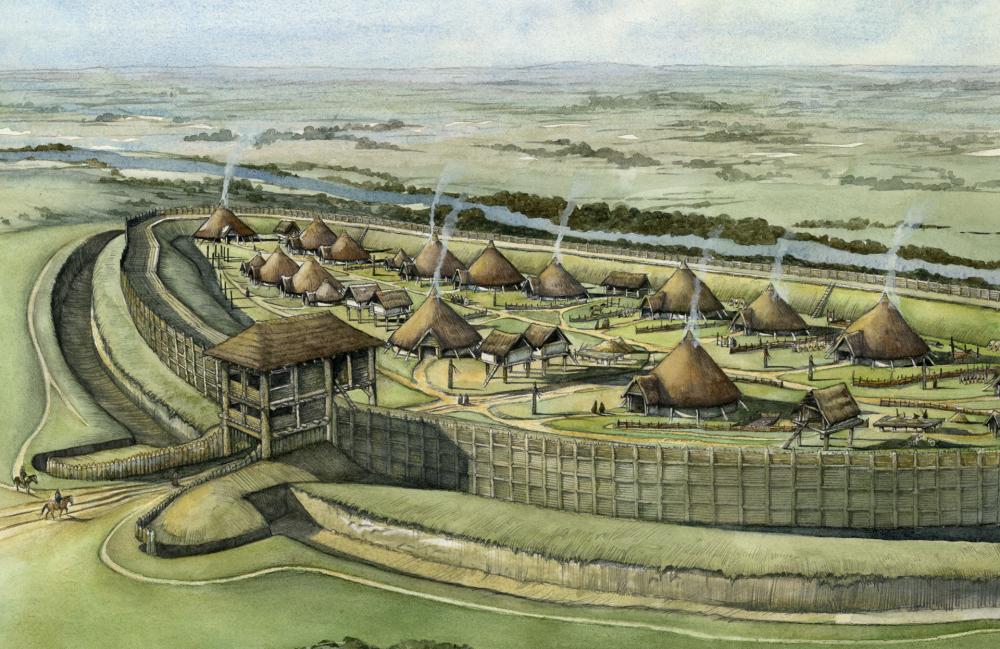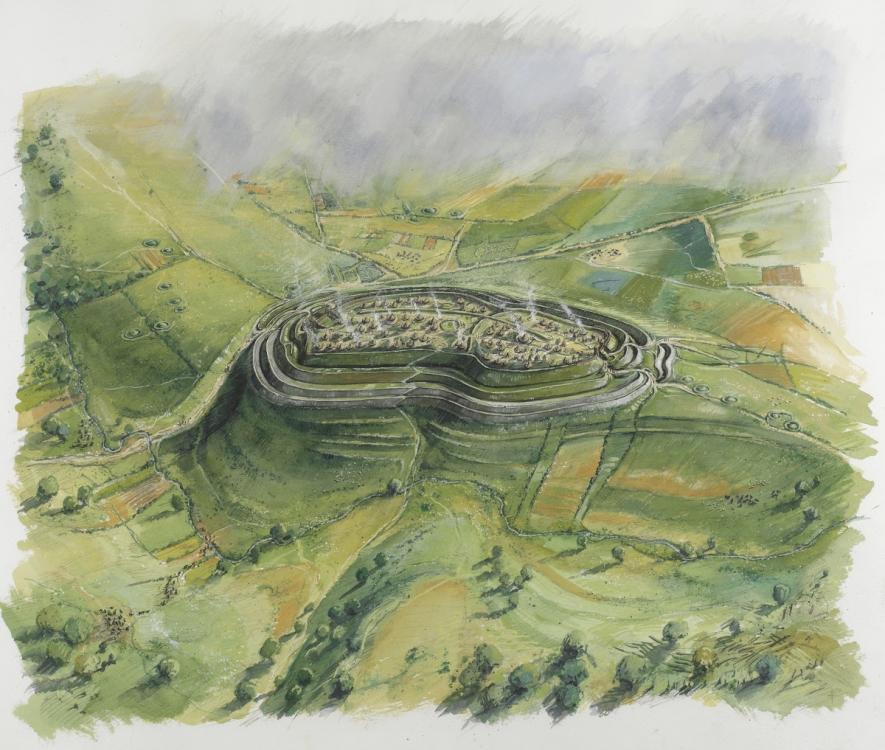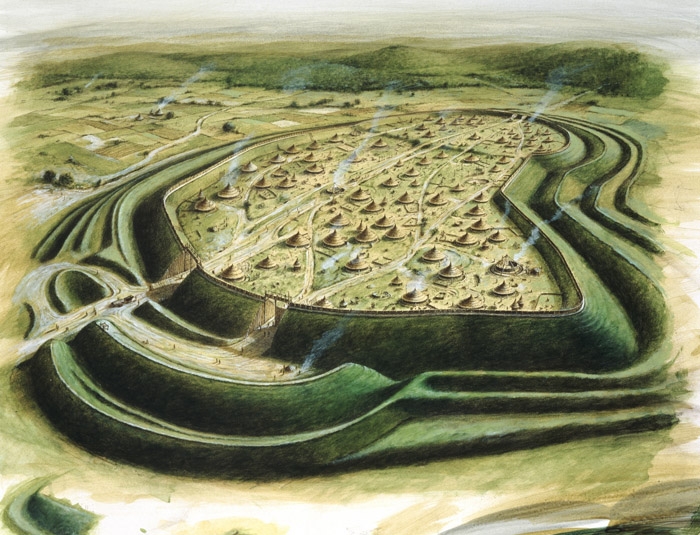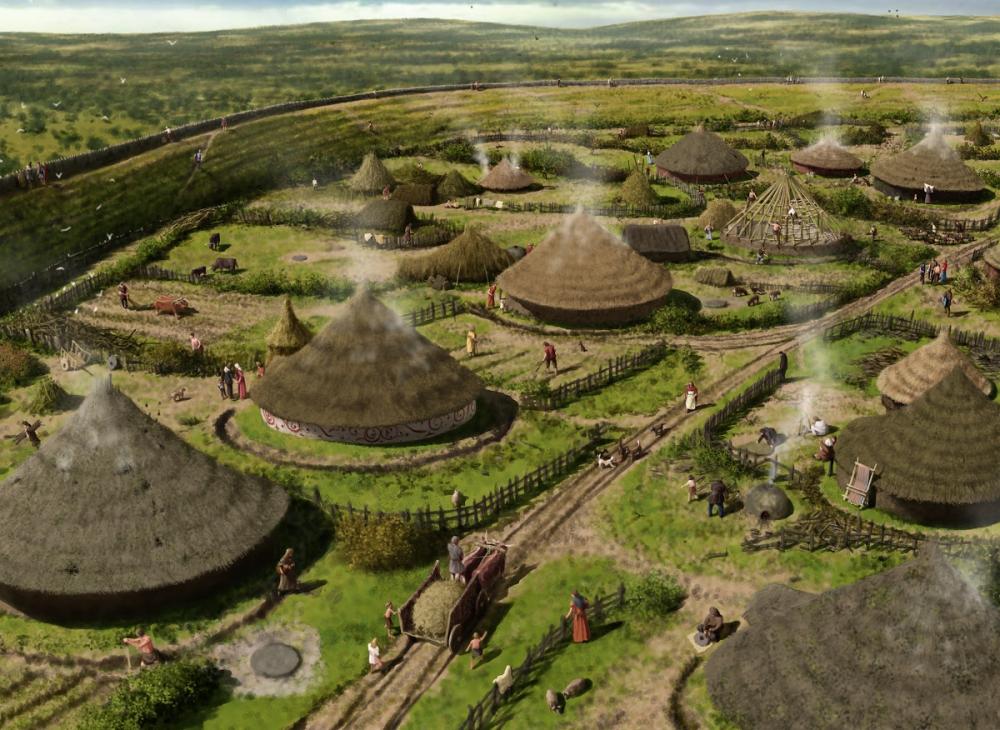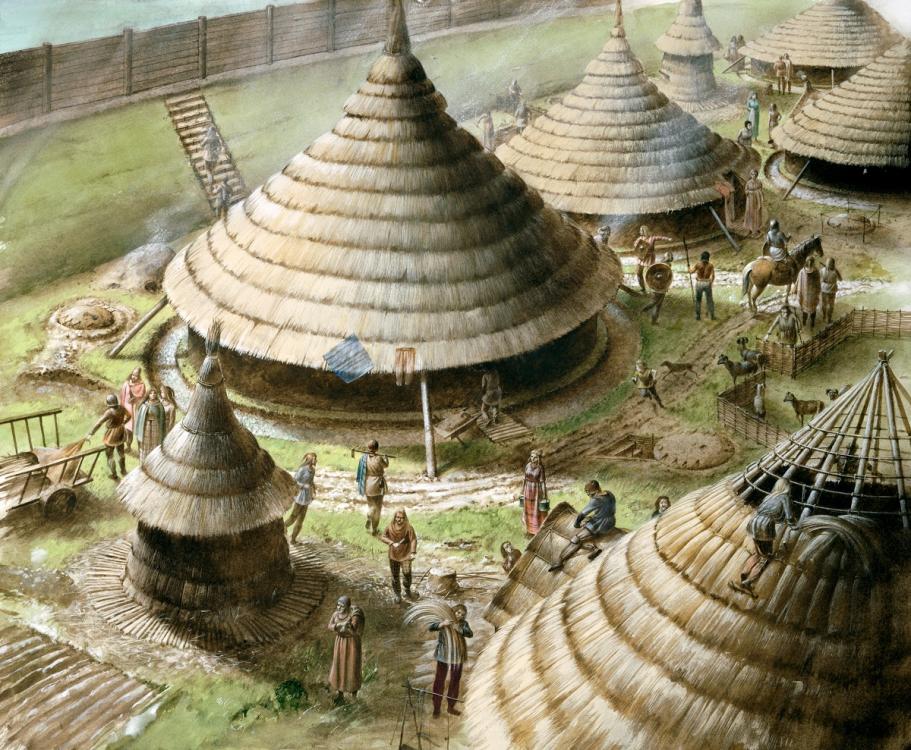-
Posts
2.099 -
Joined
-
Last visited
-
Days Won
56
Genava55 last won the day on September 19
Genava55 had the most liked content!
About Genava55

Recent Profile Visitors
10.710 profile views
Genava55's Achievements
-
.thumb.jpg.b21ca1d0c15fb56b42c39b25a0a40815.jpg)
Sacred places / Sites [ Gaia - Neutral stuff]
Genava55 replied to Lion.Kanzen's topic in Eyecandy, custom projects and misc.
These are only possible in a scenario or in the editor. You cannot create them. -
https://ostechnix.com/remove-eol-flatpak-runtimes/
-
.thumb.jpg.b21ca1d0c15fb56b42c39b25a0a40815.jpg)
Others RTS - Discuss / Analysis
Genava55 replied to Lion.Kanzen's topic in Introductions & Off-Topic Discussion
Ara History Untold -
.thumb.jpg.b21ca1d0c15fb56b42c39b25a0a40815.jpg)
Archaeological potpourri
Genava55 replied to Gurken Khan's topic in Introductions & Off-Topic Discussion
https://phys.org/news/2024-09-archaeologists-southern-army-fought-europe.html -
-
In ancient Greek, the Colossus of Rhodes had several names: ὁ Ἥλιος Ῥόδιος, ho Hélios Rhódios ("the Rhodian Helios"), ὁ κολοσσὸς Ῥόδιος, ho kolossòs Rhódios ("the Rhodian colossus") or ὁ ἐν Ῥόδῳ κολοσσός, ho en Rhodô kolossós ("the colossus of Rhodes"). In Latin, it was called Colossus Solis Rhodi or Solis Colossus Rhodi ("colossus of the Sun of Rhodes").
-
Keep the carnyx for the Celts. I think it would be a better idea to give only a draco banner carrier to the Dacians.
-
.thumb.jpg.b21ca1d0c15fb56b42c39b25a0a40815.jpg)
Others RTS - Discuss / Analysis
Genava55 replied to Lion.Kanzen's topic in Introductions & Off-Topic Discussion
The First Explorers: -
Foel Trigarn hillfort in the Preseli Hills, Pembrokeshire, has around 227 house platforms within its ramparts, built around three large burial cairns at the hill’s summit. The three monumental Bronze Age burial cairns on the summit of Foel Trigarn hillfort. The hillfort builders may have seen these great stone mounds as the seats of ancestral power. The fact that they remained untouched despite intense house-building all around them in the Iron Age suggests they retained relevance and importance throughout the life of the hillfort. This illustration was prepared primarily for use in booklets to be distributed to local farmers so that they can identify features on their land that represent valuable elements of our heritage. The Northern Ireland Environment Agency is committed to protect the built environment and as such work to preserve and carefully manage these irreplaceable resources. A Cairn is a man made covering of stones, normally to cover a burial tomb and are therefore distinct from Barrows, which are mostly mounds of earth. The illustration shows the remains having been placed in a stone box or 'cist' and a capstone being placed over this.Other helpers are in the background bringing in the stones that will form a cairn over this burial. Cairns date from the Middle and Late Bronze Age and also extend into the Iron Age (1700 BC to AD 400) Description of Foel Trigarn hillfort Frequently photographed and one of the most dramatically sited and visually striking Iron Age hillforts in Wales, Foel Trigarn occupies the easternmost ridge on Mynydd Preseli, its characteristic silhouette dominating much of the east Pembrokeshire skyline. Three main enclosures can be traced, defined by stone walls or stone-revetted banks, with traces of a ditch around the inner rampart. The earliest was probably that on the very summit, an oval fort set against natural cliffs on its southern side, enclosing 1.2 hectares and with main gates on the east, west and south sides. Attached to this first enclosure, and probably representing later periods of expansion, are a second enclosure on the north and east side which mirrors the outer ramparts of the first, and a third outer annex to the east. The most striking characteristic of Foel Trigarn is its pock-marked interior, the sites of at least 227 levelled house platforms where Iron Age houses once stood. There are also fainter traces of a further 42 uncertain platforms bringing the total closer to 270 house sites. It is highly unlikely that all these house sites were occupied at the same time. The entire hillfort was probably occupied and expanded over many centuries, rather than being used by a single leader or group of people. We are effectively seeing the remains of a complex and long-lasting prehistoric village, with all its phases of occupation on show. Early excavations in 1899 by S Baring Gould unearthed Iron Age and Roman pottery and artefacts which included spindle-whorls, fine glass beads and a jet ring from some of the house platforms. Sling stones were also found in `?great numbers'some in piles..? (Baring Gould et. al., 1900, 210). A new survey by the Royal Commission and researchers from Portsmouth Polytechnic (in 1988) provided the first detailed plan. On the summit stand three massive stone cairns after which the hill is named. These are interpreted as Bronze Age burial cairns, massive communal monuments covering the bones, or ashes, of one or several special individuals. Similar examples of pre-existing cairns surviving within later stone forts can be seen at Carn Goch in Carmarthenshire, Pen Dinas, Aberystwyth in Ceredigion and at Tre'r Ceiri on the Llyn Peninsula, Gwynedd. As these cairns were never plundered for their stone, despite being surrounded by hundreds of houses, we must conclude that the occupants venerated their distant ancestors, while at the same time deriving power and social status from the acquisition of such a prominent, and sacred, hilltop. The size and complexity of Foel Trigarn, one of the largest north Pembrokeshire hillforts along with Carn-ingli, Garn Fawr and St David's Head, suggests a role and function distinct from the numerous smaller hillforts like Castell Henllys. It is likely that this was a significant centre of population in its time, its design and construction initiated and overseen by a powerful regional leader. If, as one interpretation of the place mentioned by Ptolemy indicates, the Octapitai tribe occupied St David's Head, perhaps a similar group whose name was never recorded by the Romans sited their `tribal capital? here, commanding the Iron Age lands hereabouts. ----------------------------------------------------------------------------------------------------------------------------------- https://en.wikipedia.org/wiki/Quanterness_chambered_cairn Quanterness chambered cairn is a Neolithic burial monument located on Mainland, Orkney in Scotland. An Iron Age roundhouse built into the cairn was discovered during excavation in the early 1970s. The dwelling was constructed around 700 BC. Also found during excavation, were the remains of 157 people, pottery remnants and other artefacts. Historic Environment Scotland established the site as a scheduled monument in 1929.
-
Posts from: https://twitter.com/Durotrigesdig The mighty Bozedown Camp #Oxfordshire in its Iron Age heyday An utterly gorgeous recreation of the 28.5ha marvel © Mark Gridley for @ChilternsAONB Beacons of the Past In 1937, Alan Sorrell, working with Mortimer Wheeler, created this dramatic image of a #Roman attack on the East gate of Maiden Castle for the Dec 4th 1937 issue of *The Illustrated London News* A #HillfortsWednesday bonus pic Beautifully atmospheric recreation of the Iron Age *banjo enclosure* from Baker's Pit #Kernow / #Cornwall @CwallWildlife by Phoebe Herring@Ph0ebeHerring for @PenwithLP An Iron Age hillfort reimagined The mighty trivallate Castle-an-Dinas #Kernow / #Cornwall, looked after by @Heritage_Trust, lives again in this sumptuous recreation by the supremely talented Phoebe Herring for @PenwithLP It's time for #hillforts !! Here's the magnificently monumental Western entrance to Maiden Castle Iron Age hillfort #Dorset: now (AD 2016) © Jo and Sue Crane and then (200 BC) © Peter Urmston / English Heritage A magnificent recreation of Maiden Castle in its Middle Iron Age phase © Peter Dunn / English Heritage looking north It shows perhaps fewer roundhouses than the geophysical survey suggests, but gives a great idea of the developed hillfort in its heyday An aerial view of Maiden Castle over the west gate looking east © Paul Birkbeck / English Heritage shows fewer (larger) roundhouses than indicated by excavation and geophysical survey, but gives an excellent idea of the appearance of the developed hillfort An updated reconstruction of well-organised Middle Iron Age activity in the SW corner of Maiden Castle hillfort © Peter Urmston / English Heritage Who says there were no towns in Britain before the Romans? Sacrificing a bull within the innermost (Early Bronze Age) ditch enclosed by Figsbury Ring Iron Age hillfort #Wiltshire @nationaltrust A brilliantly evocative recreation © Julia Lillo 2021 for @NatTrustArch Here's the wonderfully named enclosure of Bloodgate Hill #Norfolk gloriously recreated in its Iron Age heyday © Sue Walker White @NorfolkHeritage for the 2005 @NorfArchTrust signboard A stunning recreation of Slade Oak Lane Middle Iron Age enclosure © Mark Gridley Based on work by @oatweet on the M25 Orbital it makes us wonder how impressive prehistoric gate structures may have been The reconstructions of Old Oswestry hillfort on the @EnglishHeritage signboards are stunning It's the first #HillfortsWednesday of 2023 Here's a gorgeous recreation of Taplow Iron Age hillfort #Buckinghamshire @ChilternsAONB © Mark Gridley / chilterns conservation board
-
Anyway the current wonder you made is not the Emain Macha. You got your inspirations from diverses reconstructions, including the Emain Macha, but it is absolutely not the Emain Macha and it should not be named as such.
-
Nope, we already discussed this and I don't see a particular building in Britain really plausible as a candidate for the wonder.
-
I am Swiss so I am not concerned although I have a deep interest for the Celtic culture, especially of the ancient Celts. I understand the animosity against the English people, I am not really fond of their culture, history and attitude in general. But on this matter, I don't follow this logic about the British Isles being a terminology imposed by the English imperialism upon the Irish people. There are evidences in Polybius, Pliny the Elder and Pseudo-Aristotle works showing that the ancient authors viewed all the Islands as being a part of the British Islands, including Ireland. I disagree. First of all because I know the archaeological evidences for Ireland's early Iron Age, they are not abundant. And the heroes you are mentionning are only known from tales and myths. It is impossible to date accurately the events occuring in the Gaelic tales.
-
I suggested this in the past
-
.thumb.jpg.b21ca1d0c15fb56b42c39b25a0a40815.jpg)
Archaeological potpourri
Genava55 replied to Gurken Khan's topic in Introductions & Off-Topic Discussion
It is green so it is corroded. It is not that rare to find well preserved bronze sword: see at 2m30s










